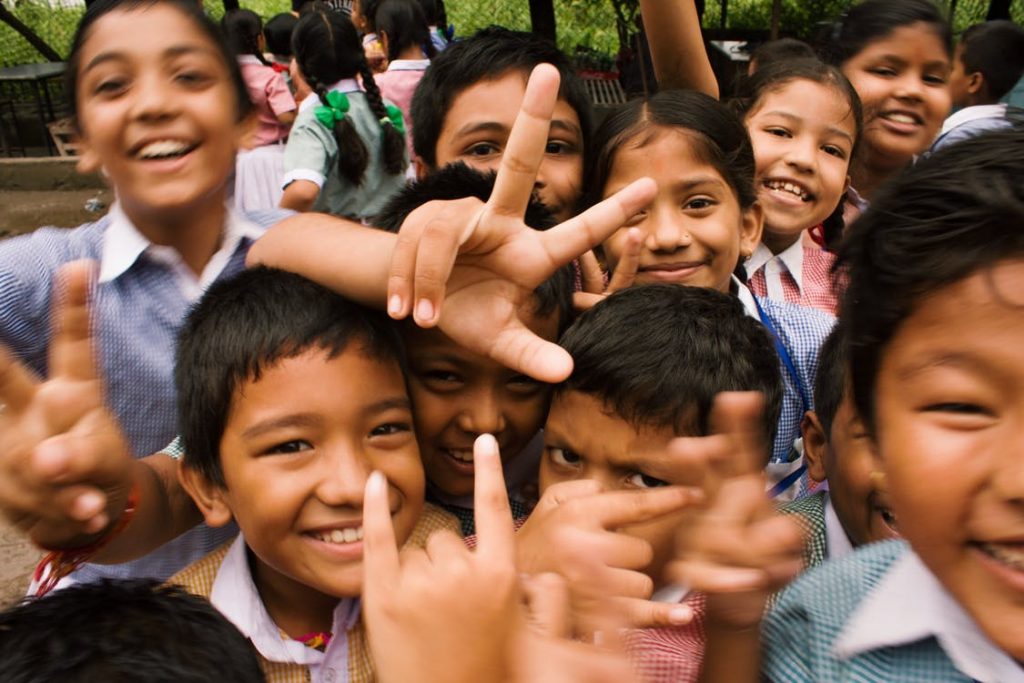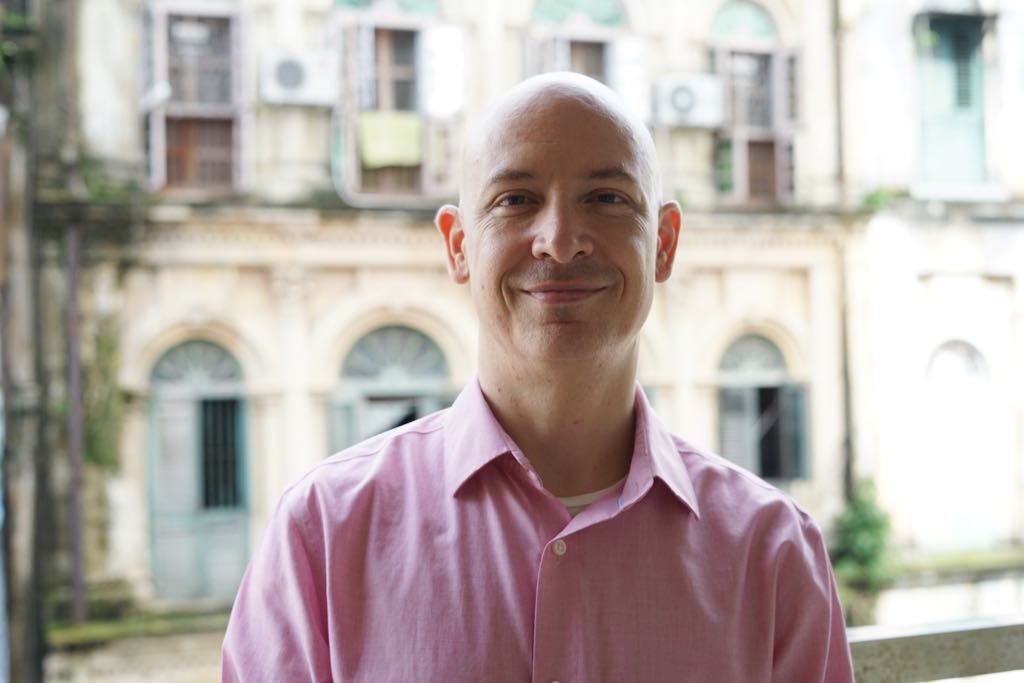This blog post is written by Gaston Bacquet, a first-year doctoral student at the University of Reading’s Institute of Education. Here, he reflects on his Master’s degree research, which is shaping his PhD research on how language can be used for further social inclusion. Gaston’s research interests include learner identity, motivation and autonomy in language learning, multiculturalism and inclusive education.
Context
In recent years, large waves of migrants have relocated to Europe and other developed countries in search for new opportunities. They bring their own cultural identity and values reflected in elements, such as religion, gender roles and family traditions, and this transition is not always an easy one. The purpose of this blog is to explore how classrooms can become a place where the construction of this new identity can be made easier.

Assimilation and multiculturalism
Over the past decades, identity researchers, such as Gans (1979), Lambert and Taylor (1988) and Bloemraad (2008), have explored the ideas of assimilation and multiculturalism. While the first concept refers to people giving up their heritage culture in an effort to integrate themselves socially within a new one, the second refers to keeping the person’s own culture while still trying to function within a host society. These issues are prevalent in today’s globalised world, where not only classrooms have become multilingual and multicultural, but where, according to renowned scholar Bonny Norton, issues such as race, religion, sexual orientation and class can also further compound feelings of inclusion or exclusion.

Why is identity construction important?
Since the early 1930s, psychologists and researchers have studied how the construction of one’s identity through our relationships, experiences, connections, thoughts and emotions shape the way we see the world and how we interact with it.
There are many different components that play a role in the process of identity construction (e.g. expectations of family and other communities, ethnicity, age and social class), and these are the exact challenges that learners face as they try to learn the language, culture and social norms of their host environment in order to integrate themselves in their new community (Canagarajah, 2013; Norton & Williams, 2012; Park & Lo, 2012). The question is: what can we do?
The classroom as an identity-building environment
In an attempt to find some answers to the ‘what can we do?’ question, my Master’s research set out to explore the extent to which classroom could serve as an identity-building environment for students in Myanmar. Myanmar was chosen as it is a country where there are over 50 languages spoken, where people from different parts of the nation bring linguistic diversity, racial, ethnic and social differences and a desire to engage with the outside world, all of which makes the issues of multiculturalism and assimilation relevant.
My research design was built on Richards’s (2006) concept of ‘transportable identities’ whereby a person can draw on their different identities in the course of a conversation for the purpose of social interaction, such as a teacher who is also a mother. Specifically, 19 college-age Burmese students from different cultural and linguistic backgrounds were asked to list out every one of their transportable identities, and had conversations from the perspective of each one about topics of their choice.

Some interesting findings and implication ideas for practitioners
My study showed positive results in terms of getting students to understand themselves and others better. By the end of the study, the students were reportedly more willing to engage others socially, become more motivated to learn, gained greater-self-confidence. Some had experienced a sense of happiness at discovering things about themselves they did not know, and they reported having enjoyed getting to know others better through conversations that came from themselves and not the ones prescribed in textbooks.
Most learners emphasized their willingness to engage in conversations with people from different backgrounds and cultures, including foreigners, and their desire to establish meaningful relationships or learn more about other people’s culture and share their own, including music, films, books and rules for social interaction, all of which ties in with the ideas of assimilation and multiculturalism mentioned earlier. However, based on the students’ own testimony, there are no social clubs, language exchange sessions or other opportunities available for them to take advantage of, and this is an area where schools could help learners whenever possible by providing such opportunities and infrastructure.
Conclusion
Given these current trends of globalization and the existence of multicultural learning environments, n see that classrooms can become a nurturing backdrop where there is an understanding of cultural differences, where there is space for the development of individual identities and where learners are encouraged to engage those who are different from themselves in race, language, sexual orientation, class or culture in order to understand each other better.
References
Bacquet, G. (2017). The link between motivation and autonomy and their effect in language learning. Unpublished MA dissertation, University College London.
Bloemraad, I. (2008). Citizenship and immigration: Multiculturalism, assimilation, and challenges to the nation-state. Annual Review of Psychology, 34(1), 153-179.
Canagarajah, A. S. (2013). Translingual practice: Global Englishes and cosmopolitan relations. New York, NY: Routledge.
Gans, H. (1979). Symbolic ethnicity: The future of ethnic groups and cultures in America. Ethnic and Racial Studies, 2(1), 1-20.
Lambert, W. & Taylor, D. (1988). Assimilation versus Multiculturalism: The Views of Urban Americans. Sociological Forum, 3(1), 72-88.
Norton, B. (2013). Identity and language learning: Extending the conversation (2nd ed.). Bristol: Multilingual Matters.
Norton, B. & Williams, C. J. (2012). Digital identities, student investments and eGranary as a placed resource. Language and Education, 26(4), 315−329.
Park, J. S. & Lo, A. (2012). Transnational South Korea as a site for a sociolinguistics of globalization: Markets, timescales, neoliberalism. Journal of Sociolinguistics, 16(2), 147−164.
Richards, K. (2006). ‘Being the Teacher’: Identity and classroom conversation. Applied Linguistics, 27(1), 51-77.

